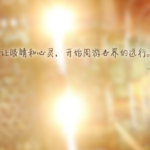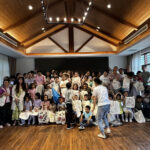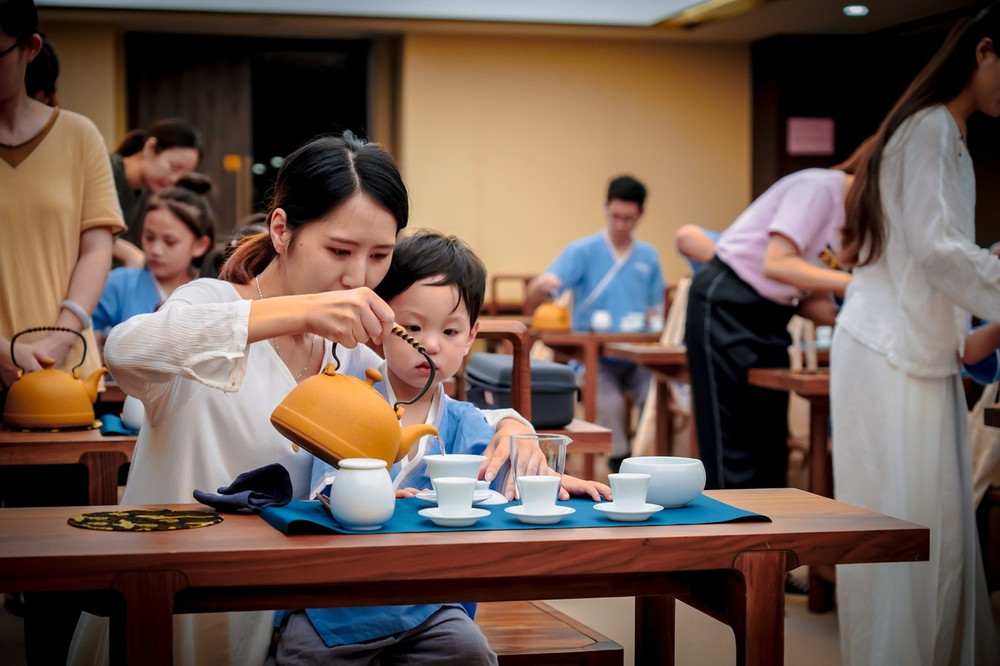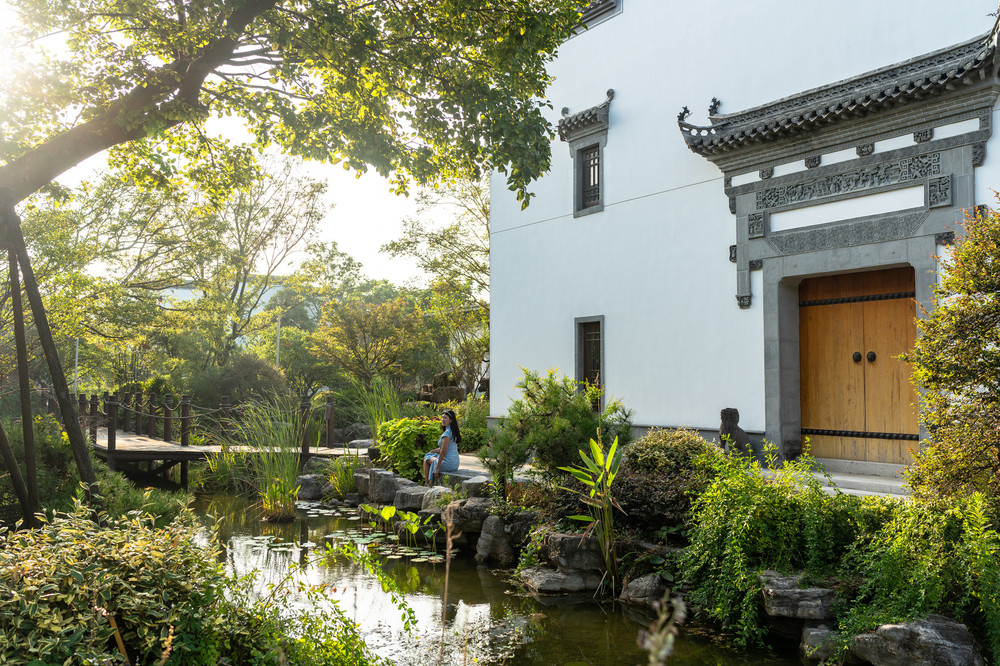Duration: 1 day, Time: January, Companions: Spouses, Activities: Self-driving, Cultural exploration, Free travel, Hiking, Budget travel, Weekend getaway. Published on 2022-04-26 23:34. Location: Shanghai Museum’s Ancient Chinese Bronze Gallery.

Upon entering the museum, the first thing to do is check the special exhibitions at the service desk. Coincidentally, there is an exhibition of ancient mural art from the Shanxi Museum. The next available reservation is about an hour away. Of course, within the museum, there is no need to worry about running out of things to do. We estimated that we wouldn’t have enough time to finish exploring the exhibits downstairs. To not miss the exhibition, I deliberately set a vibration alarm on my watch. Now I can go to the ancient bronze gallery with peace of mind.
I originally thought that in a modern city like Shanghai, there wouldn’t be many bronze artifacts on display. After all, it’s not a province rich in cultural relics like Shanxi, Shaanxi, or Henan. The range of activities during the Shang and Zhou dynasties was far too distant from Shanghai. However, upon entering the exhibition hall, I was quite taken aback. The display area covers an impressive 1,200 square meters. The main color resembles the dark green of bronze artifacts. There are several hundred bronze artifacts displayed in the exhibition cases, including many large pieces.
The early and middle periods of the Shang Dynasty were times when Chinese bronze art became mature. The establishment of a ritual system primarily focused on wine vessels. An increase in the variety of weapons and the use of animal face patterns. The craftsmanship in mold-making and mold assembly also improved. The ‘Animal Face Pattern Gui’ from the middle period of the Shang Dynasty has an interesting shape. With three chubby legs, two upright square pillars in the crying face resembling growing mushrooms. The top of the pillars decorated with curved and intertwined fire patterns. The belly is decorated with animal face patterns. With the animal’s horns curling outward and symmetrically on both sides.
The ‘Ox Head Flat Foot Ding’ from the late Shang Dynasty is very descriptively named. With an ox head on the mouth of the ding and three flat feet. The ‘Gong Fu Yi Gong’ from the late Shang Dynasty is a very ornate piece. Resembling a rabbit, or perhaps a giraffe with a long neck. With a small dragon in relief in the middle and a bull’s head at the rear. The combination makes it hard to identify which animal it more closely resembles. The decoration on the belly and bottom is also exquisite. Featuring luxurious phoenix bird patterns.
From the late Shang Dynasty to the early Western Zhou Dynasty is the peak period of bronze art. The gift system of the Shang Dynasty, which emphasized wine, was perfected. The body of the vessel used a combination of relief and flat carving techniques extensively. With animal face patterns being widely used. Narrative inscriptions began to appear at the end of the Shang Dynasty. The ritual vessels at the beginning of the Zhou Dynasty showed signs of a shift towards a food-focused system. With long inscriptions cast.
The ‘Ox Head Animal Face Pattern Zun’ from the late Shang Dynasty has an ox head on the body of the zun. Which still looks very solemn. The ‘Animal Face Pattern He’ from the late Shang Dynasty is shaped somewhat like today’s teapot or wine pot. With a long spout, but supported by three feet. The ‘Gui Fang Zun’, a Western Zhou Dynasty artifact, has a round mouth, folded shoulders, elliptical belly, and round feet. The shoulders are decorated with banana leaf-shaped animal face patterns. With phoenix bird patterns below, dragon patterns on the shoulders, and the belly is fully covered with animal face patterns on a thunder pattern background. Making the decoration appear quite heavy.
The ‘Ya Fang Lei’ is a late Shang Dynasty artifact. With cloud thunder patterns as the base and also features relief carvings. The entire vessel appears simple and solemn. The ‘Xiao Chen Zi Fang You’ is a late Shang Dynasty artifact. With complex body decorations, dragon patterns, bird patterns, and animal face patterns carved in high relief. Making it appear dignified and heavy. The ‘Jia Gui’ from the early Western Zhou Dynasty has a very peculiar shape. With exquisite decorations on the body and sharp nails. This is quite strange. As gui is a vessel for eating, and it’s unclear what purpose so many nails serve.
Duration: 1 day, Time: January, Companions: Spouse, Activities: Self-driving, Cultural, Free and Easy, Hiking, Budget Travel, Weekend Trip. Published on 2022-04-26 23:34. Location: Shanghai Museum’s Ancient Chinese Bronze Gallery.
Upon entering the museum, the first thing to do is check the special exhibitions at the service desk. CoincTo avoid missing the exhibition, I deliberately set a vibrating alarm on my watch, so now I can go to the Ancient Bronze Gallery with peace of mind.
I originally thought that in a modern city like Shanghai, there wouldn’t be many bronze exhibits. After all, it’s not a major cultural province like Shanxi, Shaanxi, or Henan, and the activities during the Shang and Zhou dynasties were too far away from Shanghai. I was surprised to be shocked when I entered the exhibition hall. It has a display area of 1,200 square meters with a main color similar to bronze, dark green.
There are hundreds of bronze artifacts displayed in the showcases, and many of them are large pieces. The early and middle Shang Dynasty was the period when Chinese bronze art matured. With the establishment of a ritual system mainly based on wine vessels, an increase in the types of weapons, decorative animal face patterns, and advancements in mold-making and casting techniques.
The ‘Animal Face Pattern Jia’ from the middle Shang Dynasty has an interesting shape. With three chubby legs, two standing square pillars in the crying part, resembling growing mushrooms. With curved and twisted fire patterns on the top of the pillars. The abdomen is decorated with animal face patterns. With the animal’s horns curling outward and symmetrical on both sides.
The ‘Ox Head Flat Foot Ding’ from the late Shang Dynasty has a very vivid name. With an ox head on the mouth of the ding and three flat feet.
The ‘Gong Fu Yi Gong’ from the late Shang Dynasty has a very gorgeous shape. Like a rabbit, with the horns of a giraffe, a small dragon in relief in the middle, and an ox head at the end. The combination makes it hard to recognize which animal it more resembles. The abdomen and bottom decorations are also exquisite. With luxurious phoenix bird patterns.
From the late Shang Dynasty to the early Western Zhou Dynasty was the peak period of bronze art. The gift system of the Shang Dynasty, which emphasized wine, was perfected. And the body decorations widely used a combination of relief and flat carving. With animal face patterns being very common. Narrative inscriptions appeared at the end of the Shang Dynasty. At the beginning of the Zhou Dynasty, there were signs of a shift towards a food-focused ritual system. With long inscriptions cast.
The ‘Ox Head Animal Face Pattern Zun’ from the late Shang Dynasty has an ox head on the body of the zun. Which still looks solemn.
The ‘Animal Face Pattern He’ from the late Shang Dynasty has a shape similar to today’s teapot or wine pot. With a long spout, but with three feet supporting it at the bottom.
The ‘Gui Fang Zun’ is a Western Zhou Dynasty artifact. With a round mouth, a folded shoulder, an elliptical square belly, and a round foot. The shoulder is adorned with banana leaf-shaped beast face patterns. Complemented by phoenix bird patterns below, and dragon patterns on the shoulder. The belly is fully decorated with beast face patterns. With thunder patterns as the ground, making the decorations appear quite substantial.
The ‘Ya Fang Lei’ is a late Shang Dynasty artifact. Featuring cloud thunder patterns as the base and relief carvings. The entire vessel exudes an aura of simplicity and solemnity.
The ‘Xiao Chen Zi Fang You’ is also a late Shang Dynasty artifact. With intricate body patterns, dragon patterns, bird patterns, and beast face patterns carved in high relief. Giving an overall impression of dignity and substantiality.
The ‘Jia Gui’ from the early Western Zhou period has a very peculiar shape. Besides its exquisite patterns, it features sharp nails. This is quite strange because a gui is a dining vessel. And it’s unclear what purpose the nails serve. As for defense, what would a dining utensil need to defend against? We circled around it and felt that the decorative aspect should be more significant. In fact, aside from these nails, the bronze vessel itself has exquisite decorations. With extensive use of bird patterns.
The late Shang Dynasty ‘Si Yang Shou Bu’ features four sheep heads carved on it. With each sheep head flanked by a long-snouted dragon with curved horns. And ridge-like standing birds as decorations between the sheep heads. The body is also covered with patterns. Even the base is not compromised.
‘Liang Qi Xu’ was unearthed in Ren Village, Famen Temple, Fufeng County, Shaanxi. And is a late Western Zhou period rectangular container with a softer curvature.
The ‘Shi? Gui’ is a bronze vessel from the Western Zhou Xuan Wang period. Equivalent to a large bowl we use today for holding food. The overall shape is solemn and robust. With a bulging belly and three beast-head shaped feet under the circular feet. And dragon-head shaped ears on both sides. The main pattern is horizontal grooves. With beast-eye interlocking patterns on the edge of the mouth and theFrom the mid-Spring and Autumn period to the Warring States period, the development of bronze art reached another climax. Bronze wares from various states became more mature. There were distinctive characteristics in the bronze art of the northern states of Jin and Qin, the eastern states of Qi and Lu, and the southern state of Jingchu. The practicality of life was enhanced, and the function of ritual vessels gradually faded. New shapes were innovated, and many exquisite bronze wares emerged. Dragon-themed patterns became more delicate, and portraits of human activities began to appear as the main patterns. The lost wax method and the printing module mold splicing method were developed, and the inscription fonts focused on beautification. By the late Warring States period, bronze art had become more simple and plain.
The ‘Feather Wing Pattern Pot’ from the early Warring States period has a plump body and a relatively short neck. Although we couldn’t discern the patterns on the body, judging by the name, it’s probably the wings of a bird.
The ‘Interlocking Dragon Hanging Scale Pattern Ding’ from the late Spring and Autumn period is a typical Chu-style ding. It has standard three hoof-shaped feet and a huge vessel shape. The Chu people are famous for their love of waist binding, and this ding also has a ‘waist’, with the middle part of the belly receding inward.
The ‘Xi Zun’ from the late Spring and Autumn period, unearthed in Liyu Village, Hunyuan County, Shanxi, is a very sculptural zun and one of the most famous Hunyuan bronzes. The zun is modeled after a water buffalo. There are three holes on the neck and back ridge, and the pot-shaped vessel on the buffalo’s back can hold wine. The buffalo’s head, theater, body, legs, and other parts are all decorated with dragon and snake patterns. There are animal reliefs on the buffalo’s neck.
The ‘Lotus Petal Lid Dragon Pattern Pot’ from the mid-Spring and Autumn period has a very ornate shape. Patterns cover the entire slender body of the pot. The lid is slightly domed at the top, with a central dragon pattern. There is a circle of expanded lotus petal-shaped decorations along the mouth. Inside which are fine openwork dragon patterns. The lid edge is decorated with transformed dragon patterns. The dragon’s head has two horns, and the dragon’s teeth are curled and exposed. From the neck to the abdomen, there are four layers of decorations. The top two layers are curled dragon patterns, and the bottom two layers are interwoven dragon patterns. The foot ring is hollow dragon pattern, and the two handles are also very delicately carved.
The ‘Openwork Interlaced Dragon Pattern Spread’ from the late Spring and Autumn period, shaped like a lamp stand, is decorated with interlaced dragon patterns. It is said to be openwork, but as laymen, we couldn’t see the subtleties. The foot of the spread is hollow.
Emperor Qin and Emperor Han’s praises last for thousands of years, and the praises of Emperor Song’s ancestors and Emperor Tang’s ancestors last for ten thousand years. Things are the heritage of people, and the rise and fall of several times are reflected in sleepless nights. – A Quatrain









